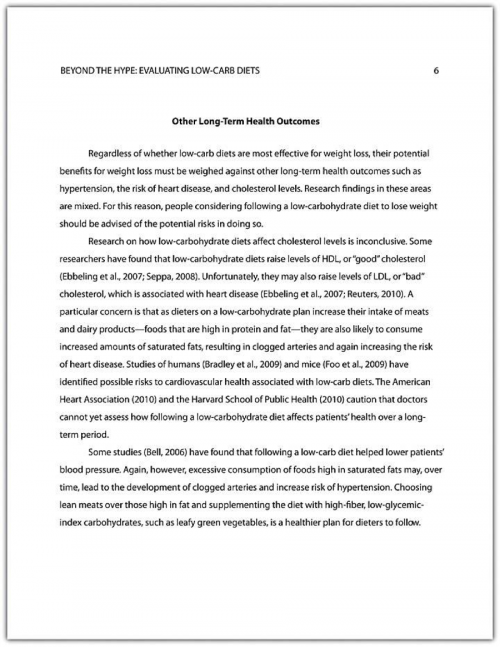Population, Health, and Environment in the Philippines.
Public health’s role in local government and NHS integration 3 Foreword Developing integrated services across local government and the NHS is a key government policy imperative. The Local Government Association (LGA) and the Association of Directors of Public Health (ADPH) are strongly committed to supporting the involvement of public health in integrating services to help improve their.
Involvement of people in health programs must be promoted by health care agencies and other local governance agencies. Local people can be facilitated as an agent in organizing and providing services to target population. The energy and resources of local people can be channelized and used in establishing effective service delivery network that will support and improve the functioning of.
Answer: Methods of science and research used in the study of environmental health. Scientific methods used for the study of environmental health include quantitative methods which include analysis based on mathematical-statistical models of numeric data as well as qualitative methods which comprise of analysis of texts, participatory approaches and interpretive procedures for comprehending.
Health, Population and environment help to produce healthy, alert and active human resource for the country. Health education is essential to make people conscious of how to keep their health sound. In fact safe and healthy environment is necessary for the health and happiness of human beings. So the conservation and promotion of various environmental factors like air, water, forests.
Population, health and environment (PHE) projects acknowledge and address the complex connections between humans, their health, and their environment. The key objective of these projects is to simultaneously improve access to health services while also helping communities manage their natural resources in ways that improve their health and livelihoods and conserve.
The study on governance for health in the 21st century tracks governance innovations that have been introduced to address priority determinants of health and summarizes them as five strategic approaches to smart governance for health. The study relates the emergence of joint action of the health sector and non-health sectors, of public and private actors and of citizens to achieve seminal.
Reducing health inequalities: system, scale and sustainability. E. Create and develop healthy and sustainable places and communities F. Strengthen the role and impact of ill health prevention. Making an impact at population level. Intervening at civic, community and service levels can separately impact on population health. In combination, the impact will be greater. Civic interventions.










